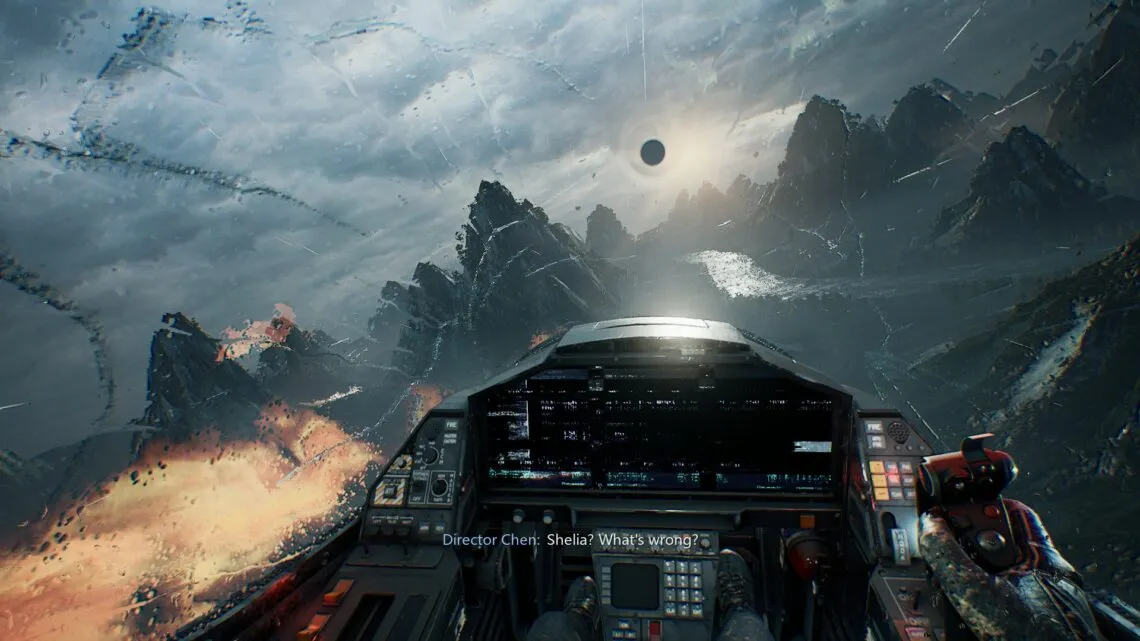
Bright Memory: Infinite: A Stunning Visual Letdown
Bright Memory: Infinite, developed by the single-person studio FYQD-STUDIO, is a visually impressive first-person shooter that unfortunately fails to deliver a compelling gameplay experience. While its graphics showcase technical prowess, the game suffers from a shallow and uninspired design, leaving players wanting more. This review explores the game’s strengths and weaknesses, ultimately concluding that its stunning visuals cannot compensate for its lack of substance.
One of the most striking aspects of indie game development is the potential for unique and innovative gameplay. Smaller teams often demonstrate remarkable creativity, unconstrained by the pressures of large studios. Games like Eastward, Shady Part of Me, and The Pedestrian exemplify this, each offering distinctive experiences that resonate with players. Solo-developed titles, in particular, often push the boundaries of game design, showcasing the unbridled vision of a single creator. Examples like 5D Chess With Multiverse Time Travel, Undertale, FEZ, and The Witness highlight the remarkable innovation that can emerge from a single mind.
 Bright Memory: Infinite Combat
Bright Memory: Infinite Combat
A Frustrating Gameplay Loop
Bright Memory: Infinite casts players as Sheila, a highly skilled warrior proficient in a wide array of combat techniques and weaponry. She can double jump, grapple, wall-run, slide, and unleash devastating melee and ranged attacks. However, the execution of these mechanics falls flat. The dodge mechanic feels clunky and unresponsive, making encounters more frustrating than engaging. The sliding and wall-running mechanics lack the fluidity and satisfaction found in games like Destiny 2, Apex Legends, and Titanfall 2. Throughout the game, the constant thought is, “I wish I was playing something else.”
The game throws a multitude of mechanics at the player, creating a sense of artificial complexity. Combat often feels like a series of prescribed solutions to pre-defined problems, rather than an organic and emergent experience. Sheila’s sword, for instance, offers the potential for stylish combos and parries. However, the enemy AI and level design often discourage close-quarters combat, forcing players to rely on ranged attacks. Specific enemies require players to break their guard with the sword before attacking, reminiscent of Sekiro: Shadows Die Twice. However, the parry mechanic is inconsistent and unreliable, making these encounters tedious.
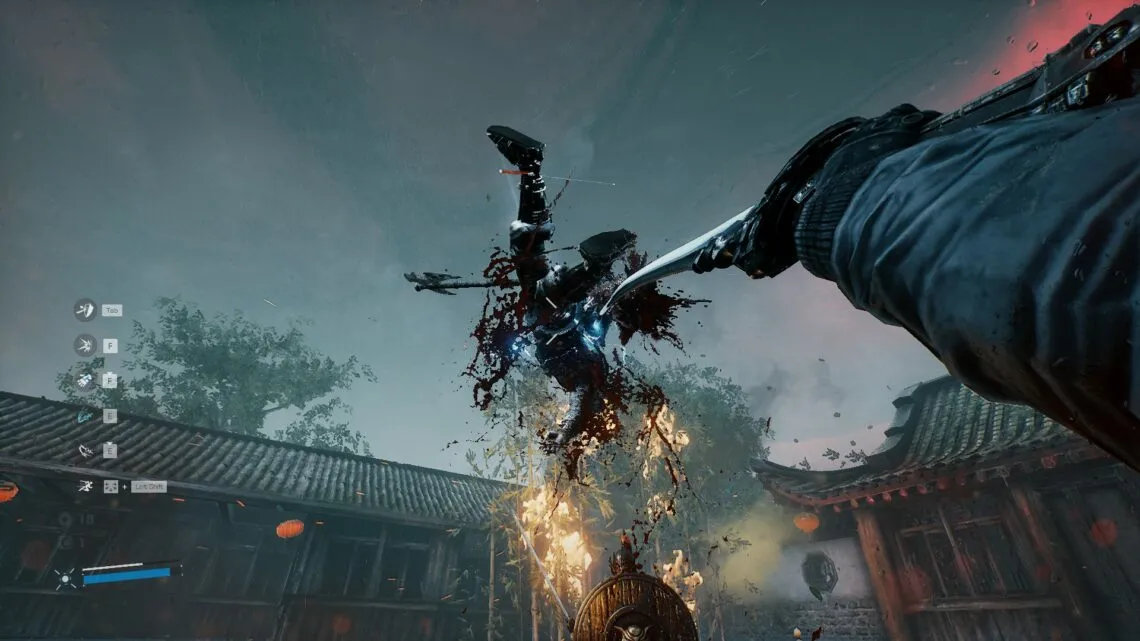 Bright Memory: Infinite Environment
Bright Memory: Infinite Environment
The game’s environments are primarily confined and repetitive, making the abundance of traversal mechanics feel superfluous. Most encounters take place in generic corridors and arenas, offering little opportunity for creative gameplay. The enemy variety is also lacking, further diminishing the engagement.
Style Over Substance
Bright Memory: Infinite boasts impressive visuals, especially considering its solo development. The environments, set in a futuristic China, feature diverse landscapes ranging from mountains and grasslands to beaches. The game creates a striking atmosphere with its dynamic weather effects, showcasing a blend of ancient and modern aesthetics amidst a raging storm.
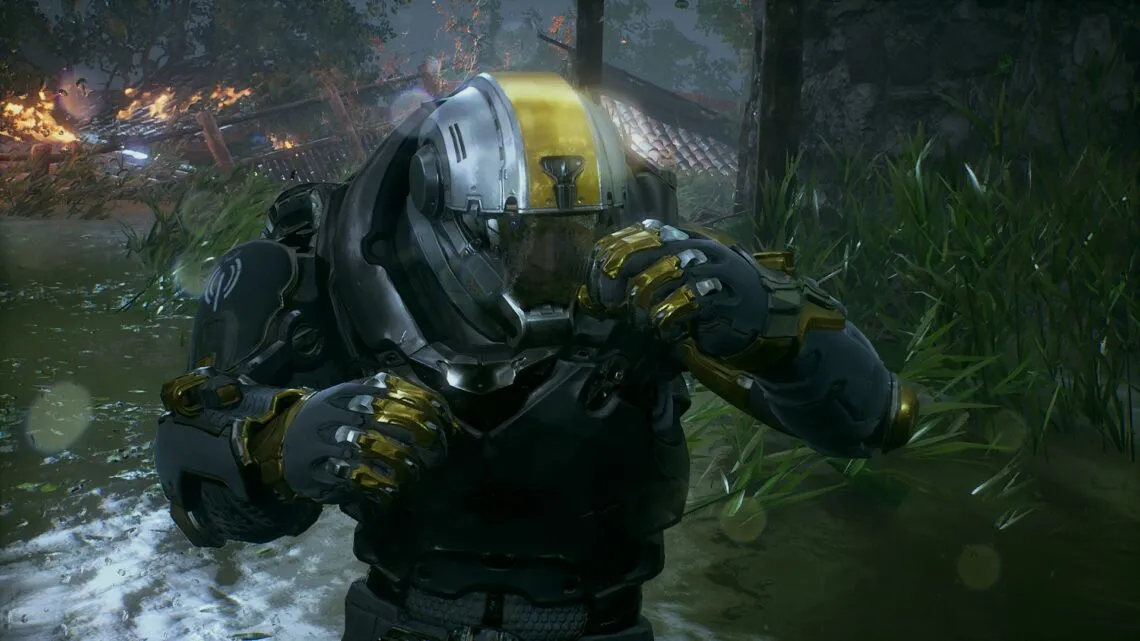 Bright Memory: Infinite Sword Combat
Bright Memory: Infinite Sword Combat
However, the visual spectacle ultimately masks a lack of artistic depth. The environments, while visually impressive, lack interesting architecture and points of interest. The world feels sterile and devoid of personality, failing to immerse the player. Sheila’s character design is equally problematic, featuring exaggerated proportions and impractical outfits that detract from the experience. The inconsistent shifts between first-person and third-person perspectives further exacerbate this issue.
A Rushed and Uneven Experience
The game’s short length, clocking in at around 90 minutes, is a blessing in disguise. However, the pacing feels uneven and rushed. Players spend a significant portion of the game fighting repetitive enemies in similar environments. The boss encounters, while visually distinct, offer little in terms of unique gameplay challenges. A forced stealth section feels out of place and further disrupts the flow of the game.
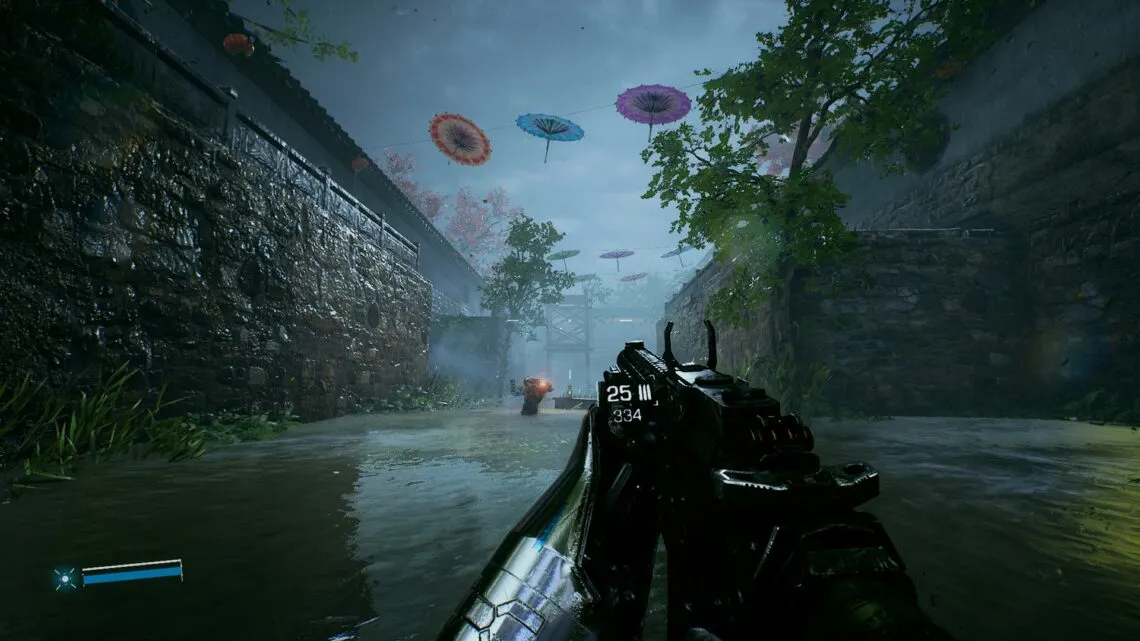 Bright Memory: Infinite Scenery
Bright Memory: Infinite Scenery
Conclusion
Bright Memory: Infinite is a technically impressive showcase of what a single developer can achieve. However, its focus on visual fidelity comes at the expense of meaningful gameplay and engaging level design. The game ultimately feels like a missed opportunity, failing to capitalize on its potential for innovative and creative design. While visually stunning, the shallow gameplay and lack of substance leave a lasting impression of disappointment.
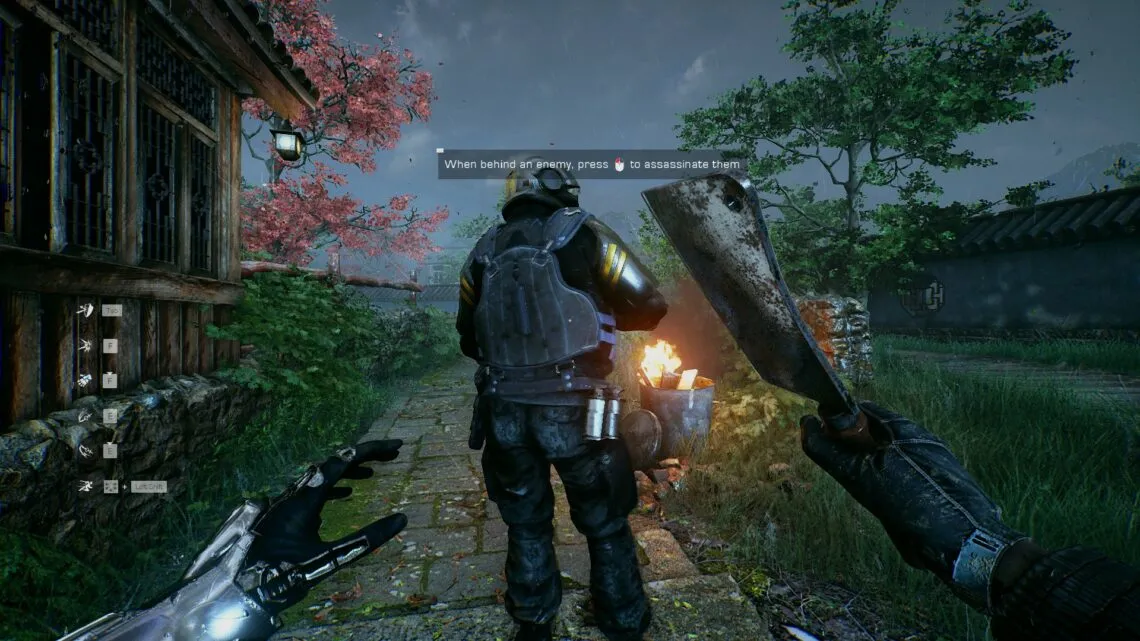 Bright Memory: Infinite Final Boss
Bright Memory: Infinite Final Boss





Comments (0)